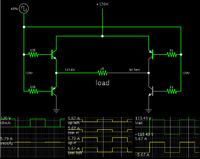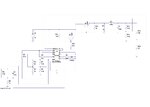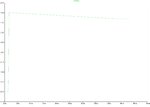fethiyeli
Full Member level 4
Hi ı am both newbie in this forum and power electronics. I have a 1kVA UPS project and ı have some issues about making the DC bus voltage stable 311VDC for getting 220VAC in h-bridge across the MOSFETs. My inverter has approx. 10-11 volts PWM output. I have 36VDC from 3 lead acid battery and ı have to boost the voltage about 311VDC in order to drive MOSFETs. I can do it with 36VDC with conventional 50HZ transformer also but ı dont want the output voltage to decrease while the battery discharges. Is it possible and suitable to boost the voltage in this 1kVA UPS project ? If not, which topology should be chosen in order to make to voltage about 311VDC.


